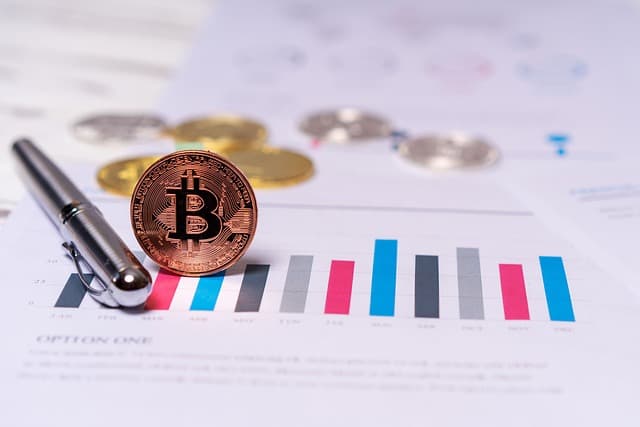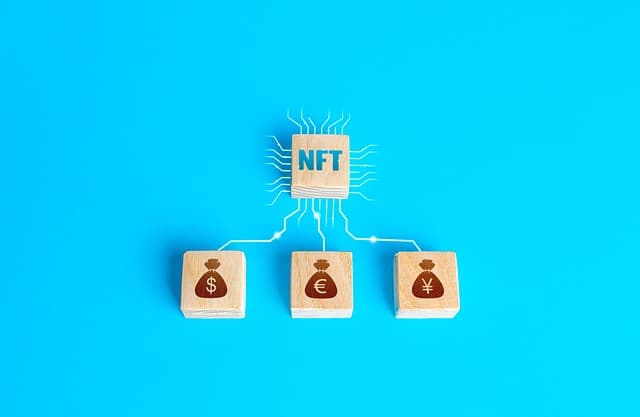Bitcoin halving is the process by which the reward to miners for mining a new block in the blockchain is halved. This event occurs every 210,000 blocks, which is equivalent to about every 4 years. Halving is an important event for the cryptocurrency world and has a significant impact on the market.
Originally, when Bitcoin was created in 2009, the reward per block was 50 BTC. During the first two halwings, it was reduced to 25 BTC in 2012 and 12.5 BTC in 2016. During the third halving in 2020, the reward was reduced to 6.25 BTC. The next halving, expected in 2024, will again reduce the reward to 3.125 BTC.
This process was built into Bitcoin’s protocol from the beginning to create a deflationary model where the total number of bitcoins will not exceed 21 million coins. Unlike traditional currencies where central banks can print money, the number of bitcoins is limited, making this cryptocurrency unique.
Halving affects the Bitcoin market primarily through two channels: supply and demand. Reduced remuneration for miners means that the number of new bitcoins entering the market decreases. This creates a shortage amidst constant demand, which tends to drive the price up. Historically, there has been a rise in the value of Bitcoin after halving, as evidenced by previous events in 2012, 2016, and 2020.
However, not everything always happens so predictably. Halving can affect the mining market, as lower rewards can make mining less profitable for some participants. This could cause less efficient mining farms to shut down, temporarily lowering the hash rate of the network.
In addition, halving causes increased attention from investors, which could lead to increased speculative activity in the market. However, it is important to note that the impact of halving on Bitcoin’s price may not be immediate. The market may react to expectations and rumors long before the event itself.
Thus, Bitcoin’s halving is an important element of its economic model, affecting the supply of coins, and thus the price and investor interest.










